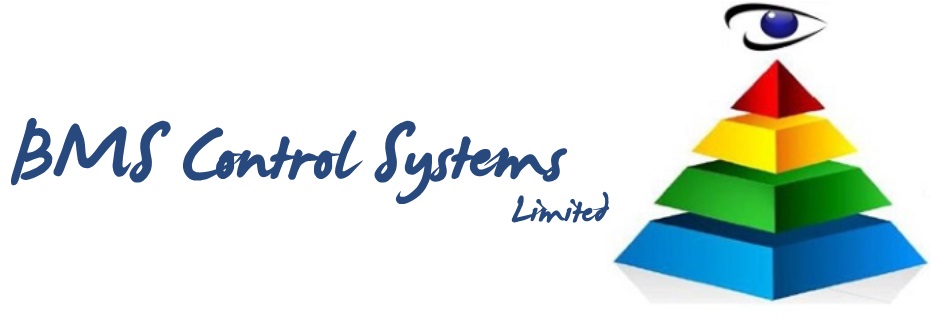What is HVAC?
HVAC stands for Heating, Ventilation and Air Conditioning, and is an essential part of most buildings, whether residential, commercial or industrial. HVAC is the collective term for a variety of components which are used to control the temperature, humidity and air circulation of the building to ensure comfortable and healthy living or working conditions.
What are the components of HVAC?
The components of HVAC systems can vary depending on the type of building, but generally include the following:
- Thermostats: regulate temperature settings in the building
- Heat Exchangers: transfer heat from one media to another
- Air Filters: remove pollutants from the air
- Fans: used to circulate heated or cooled air
- Compressors: used to increase the pressure of the refrigerant
- Condensers: used to condense the refrigerant
- Evaporators: used to evaporate the refrigerant
- Ducting: used to carry the heated or cooled air to different parts of the building
What is Facilities Management?
Facilities Management is the practice of managing the physical assets, equipment and resources of a building. It is responsible for the maintenance and repair of all HVAC components and systems, as well as other essential systems such as plumbing, electrical and security. Facilities Management also includes the day-to-day running of the building, such as managing staff, cleaning, catering and other services.
What is the importance of HVAC Components List in Facilities Management?
The HVAC components list is an important part of Facilities Management, as it provides a comprehensive overview of all the components in the system, and their maintenance requirements. This list helps to ensure that all components are working properly, and can be used to identify any potential problems before they become serious. Having a comprehensive HVAC components list also helps to ensure that all components are replaced or repaired as soon as possible, avoiding costly repairs or breakdowns.
Conclusion
HVAC components are essential for most buildings, and the HVAC components list is an important tool for Facilities Management. The list provides a comprehensive overview of all components and their maintenance requirements, helping to ensure that all components are working properly, and any potential problems are identified before they become serious. By following the HVAC components list, Facilities Management can ensure that the building remains comfortable and healthy for all occupants.


